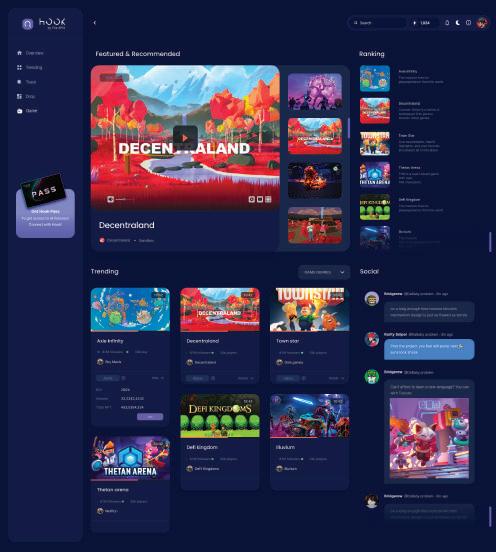Carmo Cardoso
Web3 UI/UX Designer

Contents
1. Websites

1.1 Web3 Gaming Platform
1.2 Web3 Venture Capital
2. NFT Marketplace
3. Web 3 Wallet
4. DeFi
5. Cross-Chain Platform
6. Dashboard


1. Websites

1.1 Web3 Gaming Platform
1.2 Web3 Venture Capital
2. NFT Marketplace
3. Web 3 Wallet
4. DeFi
5. Cross-Chain Platform
6. Dashboard
Web3 website design refers to the design principles and aesthetics used in creating websites for the decentralized web. The decentralized web, also known as web3, is the next generation of the internet where data and content are stored in a decentralized network rather than on a central server. Web3 websites are designed to be more secure, user-friendly, and accessible to everyone, regardless of technical ability.
In terms of design, web3 websites often feature clean, minimalist aesthetics with a focus on functionality and user experience. The use of open-source technologies and decentralized tools is also common, as these technologies align with the principles of web3.
Another important aspect of web3 website design is accessibility and inclusivity. Designers aim to make web3 websites accessible to all users, including those with disabilities, by implementing inclusive design principles such as providing alt text for images and using clear, concise language.
In conclusion, web3 website design is an important aspect of the decentralized web, reflecting the principles of decentralization, security, accessibility, and inclusivity. With a focus on functionality and user experience, web3 websites are designed to be accessible to all users, regardless of technical ability.
Landing Page
Carousel Banner featuring all the games
Financial Data Company’s introduction
Game Page

Game Trailer
Game introduction
Game’s News

Games’ Page
Main product trailer
Game Suggestions
DeFi Products






Community
Game play or Makertplace
Game Page
Game Trailer
Game introduction



Game’s News



Game Suggestions
Game play or Makertplace















NFT (non-fungible token) marketplace web design refers to the design principles and aesthetics used in creating online platforms for buying, selling, and trading NFTs. NFTs are unique, digital assets that represent ownership of a particular item, such as art, music, or collectibles.
NFT marketplace web design must take into consideration the unique features and challenges of NFTs, such as their scarcity, rarity, and uniqueness. As such, NFT marketplace websites often feature vibrant, eye-catching graphics, as well as easy-to-use interfaces for buying, selling, and trading NFTs.
One key aspect of NFT marketplace web design is showcasing NFTs in a way that is both visually appealing and informative. This might include large, high-quality images of the NFTs, as well as detailed information about their ownership, history, and provenance.
Another important aspect of NFT marketplace web design is security. As NFTs are valuable digital assets, it's crucial that NFT marketplace websites are secure and protect users' private information and assets. This might include using encryption, secure payment methods, and two-factor authentication.
In conclusion, NFT marketplace web design is an important aspect of the growing NFT industry, with a focus on showcasing NFTs in a visually appealing and informative way, as well as ensuring security for users and their assets. By designing NFT marketplace websites that are user-friendly, accessible, and secure, designers can help to promote the growth and success of the NFT industry.
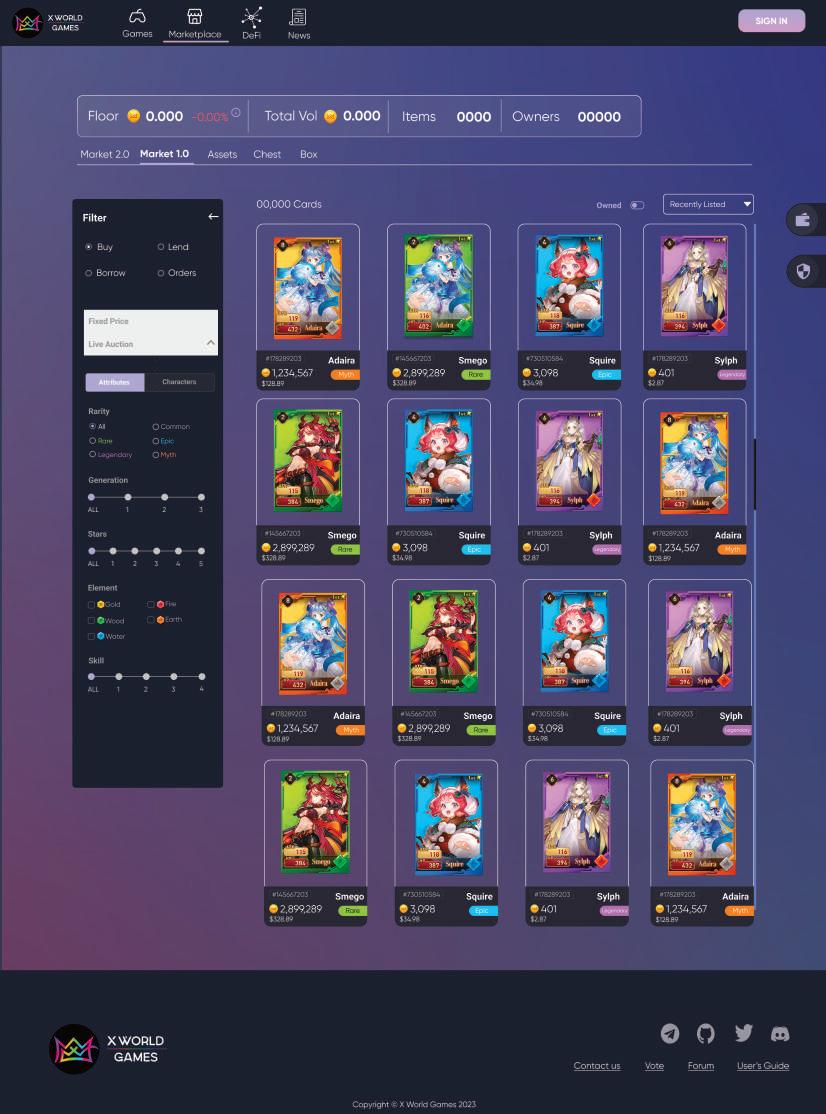
Market Financial Stats
Different Markets
Card Name
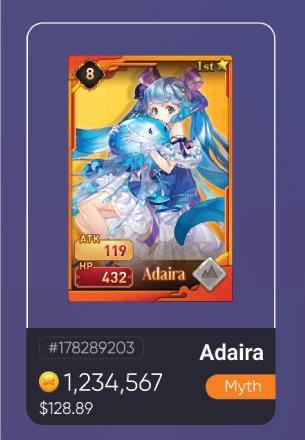




















A web 3 digital wallet is a next-generation cryptocurrency wallet designed for the decentralized web. The design of a web 3 digital wallet must prioritize security, user-friendliness, and interoperability with decentralized applications (dApps).
To ensure security, a web 3 digital wallet should incorporate industry-standard encryption and use non-custodial storage, meaning the user holds the private keys to their funds and has full control over their assets. The user interface should be intuitive and easy to navigate, allowing users to easily manage their funds, send and receive payments, and interact with dApps.
Interoperability is a crucial aspect of web 3 digital wallet design, as it enables users to access a wide range of decentralized services and applications. This can be achieved through the use of protocols such as Ethereum's Web3 API, which allows dApps to communicate with a user's digital wallet and vice versa.
In conclusion, web 3 digital wallet design should strike a balance between security, user experience, and interoperability to provide users with a seamless and secure way to manage their digital assets in a decentralized ecosystem.










DeFi (Decentralized Finance) web design refers to the creation and development of user-friendly and visually appealing websites for decentralized finance applications and platforms. The goal of DeFi web design is to make financial tools accessible and easy to use for everyone, regardless of technical background or financial expertise. DeFi web design often emphasizes clean and simple user interfaces, intuitive navigation, and clear and concise information presentation. The use of bold typography, vibrant colors, and modern web design elements can also help make DeFi platforms stand out and appeal to a wider audience. Overall, the goal of DeFi web design is to create an accessible and enjoyable user experience that helps users understand and interact with decentralized finance applications.
Financial Data
Token Pool or NFT Pool



Active Pools

APR
APR stands for Annual Percentage Rate and refers to the annualized interest rate earned by a liquidity provider in a DeFi liquidity pool. The APR indicates the yield generated by the pool, taking into account the fees and rewards associated with providing liquidity to the pool. The APR is expressed as a percentage of the assets locked in the pool over a given time period, typically a year. The actual rate of return can be higher or lower than the APR depending on various factors such as market conditions and changes in the value of the underlying assets.
Token Amount Earned Amount Staked
Core: The "core checkmark" in DeFi staking pools typically refers to the designation given to a trusted and secure staking pool. It indicates that the pool has passed a rigorous security audit and has been vetted by the community to be a safe choice for staking one's assets. Having a core checkmark can give stakers peace of mind that their assets are secure and being staked in a trustworthy pool.


40x: The "40x" in DeFi staking pools typically refers to the reward multiplier or the annual percentage yield (APY) offered by the staking pool. For example, if a staking pool offers "40x", it means that stakers can expect to receive 40 times their initial investment in rewards over a year. This figure is an estimate and actual returns may vary due to a number of factors such as network conditions, competition, and market conditions. It's important to note that high reward multipliers or APYs may be indicative of higher risk and it's important to thoroughly research and understand the staking pool before investing.


Details
Token Liquidity, Maketplace link, BscScan, and pancakeswap








A cross-chain platform is a blockchain infrastructure that enables interoperability between different blockchain networks, allowing assets and data to be transferred and shared between them. This enables a more seamless exchange of value and information across the different blockchain networks and provides greater flexibility and scalability to the overall blockchain ecosystem.
Cross-chain platforms aim to resolve the issue of siloed blockchain networks and help facilitate a more connected and interoperable blockchain world.
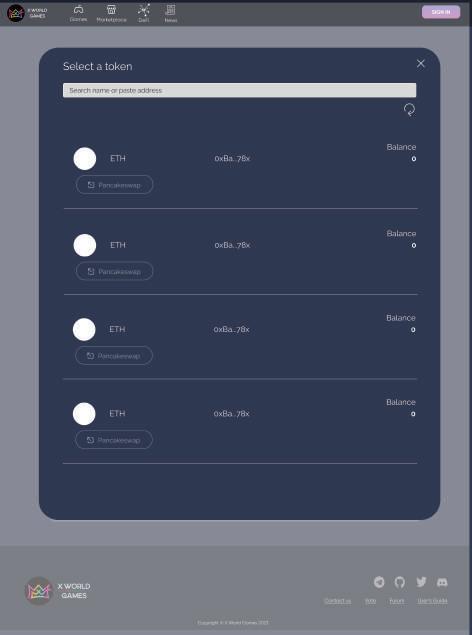









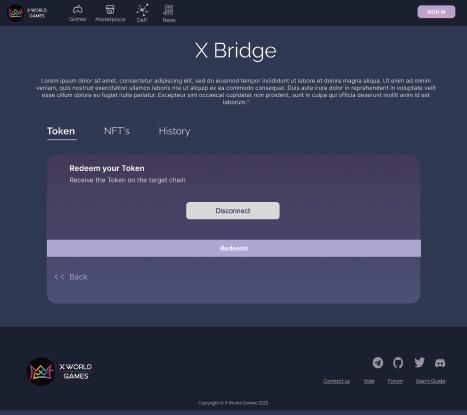





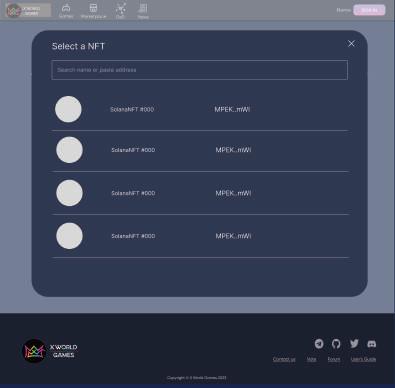















Web3 dashboards for decentralized applications (dApps) on blockchain platforms typically have a unique design aesthetic that prioritizes user experience, security, and decentralization. Here are some common features of web3 dashboard design:
Minimalistic and clean interface: Web3 dashboards often have a simple, uncluttered design that emphasizes functionality over aesthetics.
Use of blockchain-based data: Decentralized data is displayed in real-time on the dashboard, usually through the use of blockchain APIs.
Secure user authentication: Web3 dashboards often use secure authentication methods like encrypted keys, biometric authentication, and hardware wallets to ensure the user's identity and assets are protected.
The dashboard should allow users to interact with dApps, execute transactions, and manage their digital assets easily.
Mobile responsiveness: Since the use of mobile devices is increasing, web3 dashboards should be optimized for smaller screens and touch-based interactions.
Overall, the design of web3 dashboards must balance usability, security, and decentralization to provide a seamless experience for users accessing decentralized applications and managing their digital assets.









